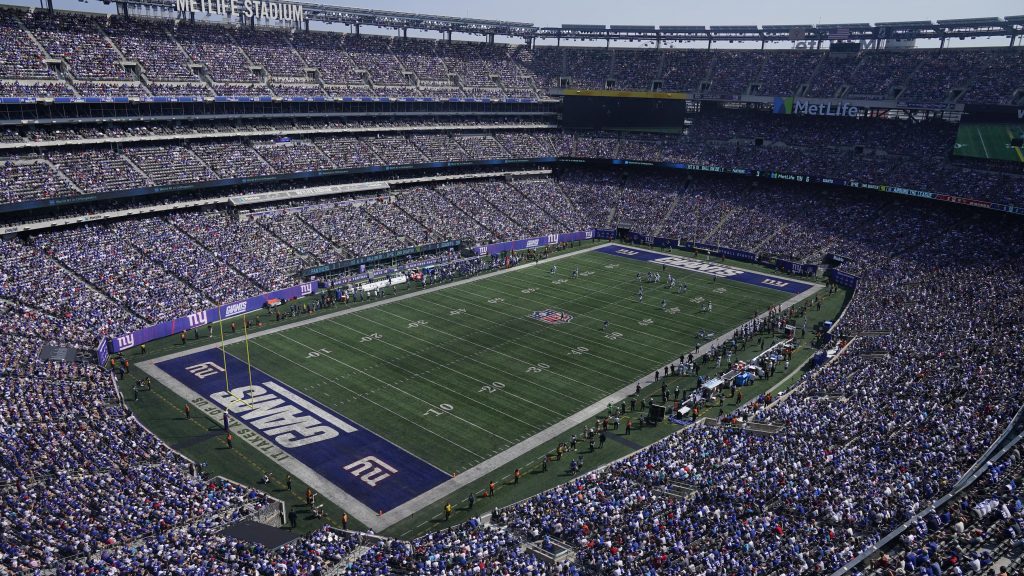
On Sept. 28, the New York Giants hosted the Los Angeles Chargers in Week 4 of the NFL season. The game took place at MetLife Stadium, which uses artificial turf for its playing surface and has been notorious for having multiple season-ending injuries occur on the field.
In the second quarter, Giants star receiver Malik Nabers suffered a torn ACL and meniscus, ending his sophomore season early and sparking yet another debate about the safety of artificial turf.
Contributors Jake Aimone and Micah Gatewood debate whether or not the NFL should outlaw artificial playing surfaces and transition every stadium to natural grass fields.
Yes
By Jake Aimone
MetLife Stadium: the ideal spot to tear an ACL or an Achilles tendon, recommended by an astounding zero NFL players.
Malik Nabers’ season-ending injury against the Chargers is just the latest superstar to be injured by the apparent artificial turf monster in East Rutherford, New Jersey.
This turf monster’s reign of terror began in the 2020 season opener, when the Jets hosted the Niners. San Francisco’s faithful saw four elite playmakers go down, including Nick Bosa, Solomon Thomas, Raheem Mostert and Jimmy Garoppolo.
Recently, we’ve seen the league take measures to reduce injury risk, such as stricter rules regarding defenseless players and guardian caps. Banning artificial turf should be the next action implemented in the NFL’s journey of protecting its players.
It seems every player feels the same way about turf fields. Veterans, such as Odell Beckham Jr., have spoken out against turf fields. In a tweet following Nabers’ injury, he addressed this issue and pleaded with the league to remove the turf.
It’s only a matter of time before the artificial turf monster strikes again and possibly ends another season.
No
By Micah Gatewood
The concept of artificial turf for the NFL is much more beneficial than regular grass in many unique ways. With the addition of artificial turf, there is little to no need for maintenance fixes that would damage the field and threaten player health.
With regular grass, it takes a decent amount of time for it to grow back if a player scrapes it off the field. The spotty patches on parts of the grass field can cause major, potentially serious injuries for the players, in comparison to a turf field where it doesn’t tear from contact.
Another essential reason turf is better is that it’s environmentally friendly. Natural grass needs hazardous pesticides and fertilizers to maintain its growth, while turf reduces cost and saves water for the environment.
While injuries have occurred on artificial turf, that’s the risk involved in playing a contact sport such as football. Keeping artificial turf would be a strategic advantage for the NFL to help keep costs down with its easier ability to manage.
